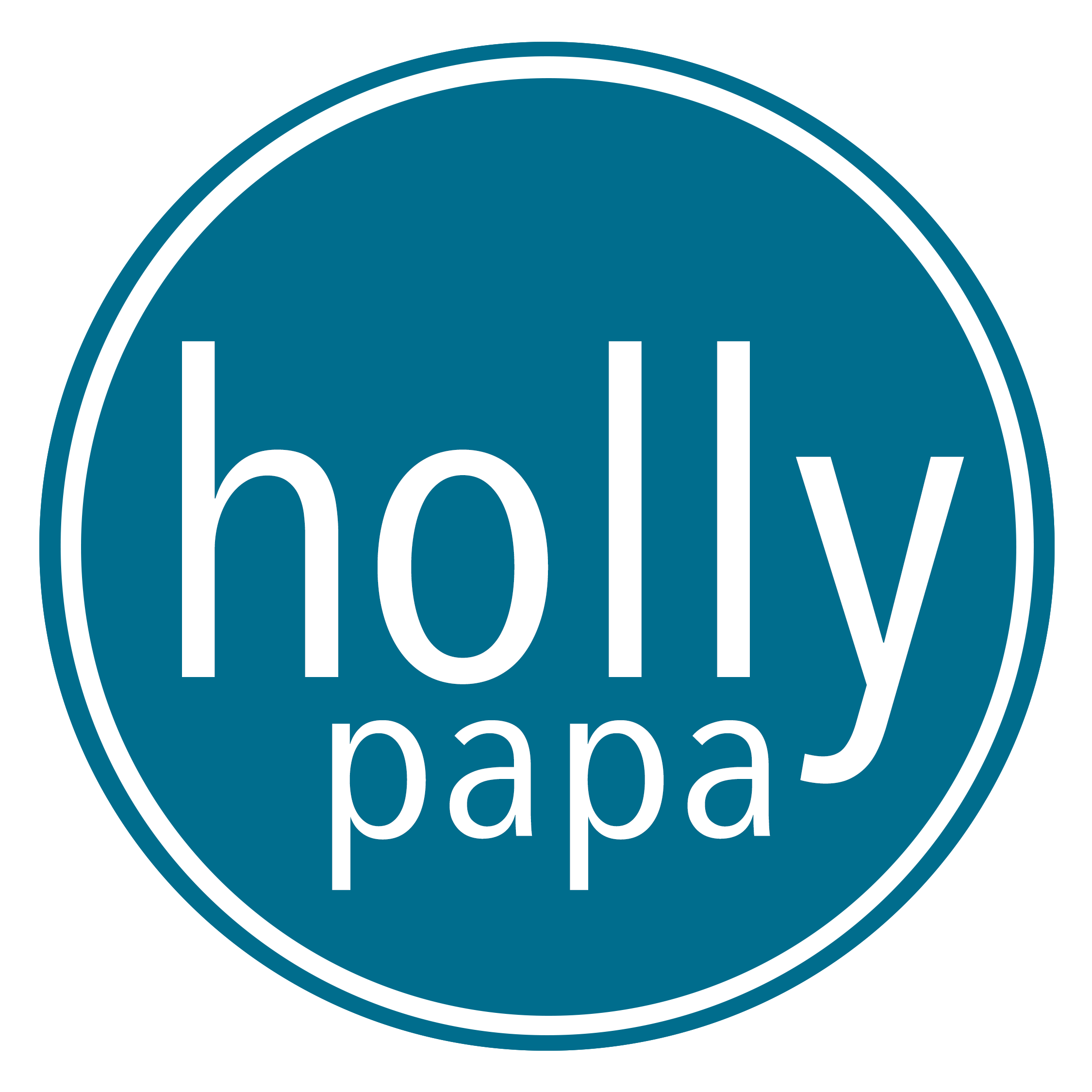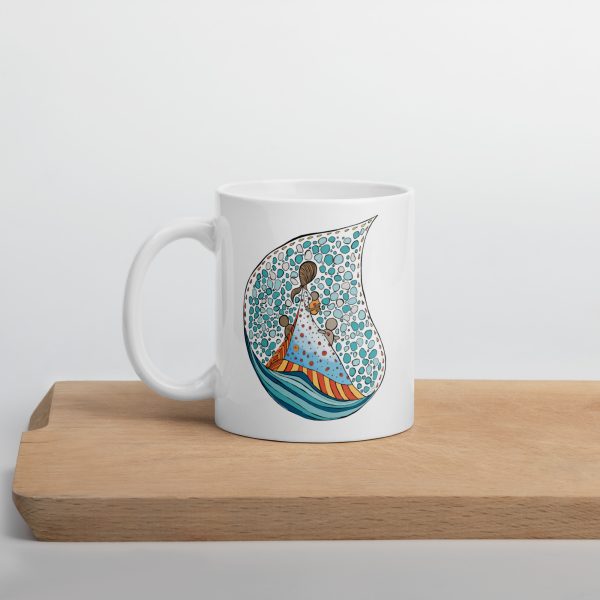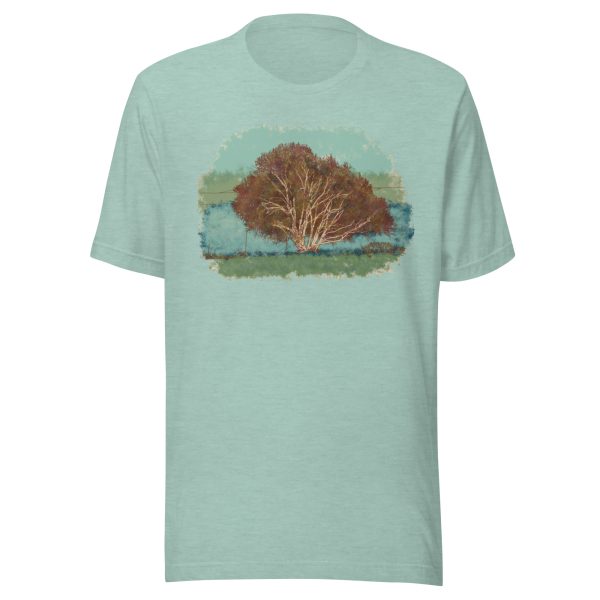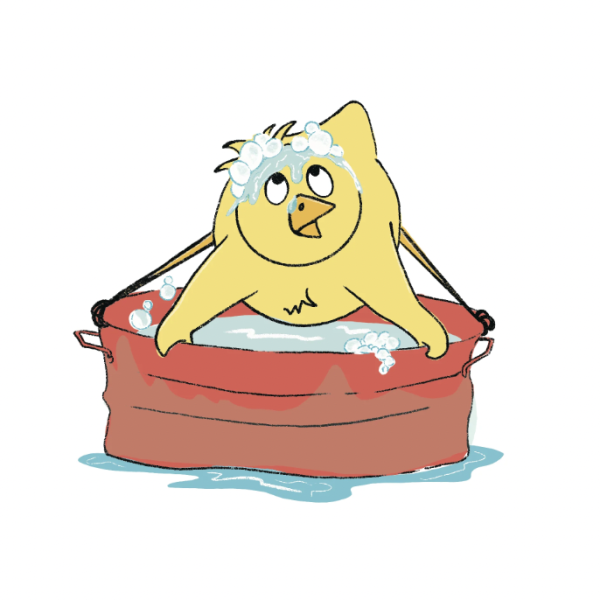 This is the MOST Powerful picture book about the history of African slavery in the United States, that I know of. I don’t think I have seen another picture book with illustrations that are so riveting. I was captivated by Rod Brown’s paintings from the moment I saw them – beyond words. Julius Lester’s text in this book is beautiful, powerful and provoking. I used this book every year that I taught US History about the African slave trade and it reaches people in a way that a textbook cannot. The text and paintings work intricatingly and passionately together to make history come to life.
This is the MOST Powerful picture book about the history of African slavery in the United States, that I know of. I don’t think I have seen another picture book with illustrations that are so riveting. I was captivated by Rod Brown’s paintings from the moment I saw them – beyond words. Julius Lester’s text in this book is beautiful, powerful and provoking. I used this book every year that I taught US History about the African slave trade and it reaches people in a way that a textbook cannot. The text and paintings work intricatingly and passionately together to make history come to life.
Lester had written about slavery before and said this, “When presented with Rod Brown’s paintings. I was jolted into the realization that perhaps I had not done with writing about what it was like to be a slave. His work was a visceral response to slavery that eschewed photographic realism for a raw power that gave flesh to soul.”
From the book (emphasis as in the book),
They took the sick and the dead and dropped them into the sea like empty wine barrels. But wine barrels did not have beating hearts, crying eyes, and screaming mouths.
I think often of those ancestors of mine whose names I do not know, whose names I will never know, those ancestors who saw people thrown in the sea like promises casually made and easily broken. . . .Millions were taken. No one knows how many millions died.
The Lester asks the reader to imagine what it would be like to be an African aboard a slave ship
Voice One: The darkness blacker than any night. Where was my father? my mother? Did they where I was? Why didn’t they come and get me? Did the ever know what happened to me?
Voice Two: Our bodies did what they had to do where we lay. Urine and excrement fell on me from above, and mine onto those below. The smell was as thick as hatred.
Voice Three: I was shackled by my wrists and ankles to a man on my right and one on my left. I could not stand. I could not turn over. I will never understand what I did to deserve this.
For me one of the most thought provoking, is when Lester asks the reader both black and white to consider what it would be like to be the perpetrator – the one doing the hurting. It’s easy to imagine what it is would be like to be the victim, to be torn from your family, but what about the person doing the hurting. He asks this,
We may think we would never whip someone until their flesh cried blood. But what if you would not be punished for doing it? What if your peers approved and deemed you honorable and good for beating someone? What then?
Such a powerful book, but is not picture book for young children. The recommended age group is 9-12 and I used it with 13-14 year olds – quite effectively and the book is also excellent for teaching literary devices for those English teachers out there. I have not yet read this to my barely turned 5 year old. I did think about showing it to her, but decided it was too much for her at this age. I would definitely follow the age recommendation on this one.
Julius Lester’s blog at A Commonplace Book and website
Rod Brown’s Art Collection – you can see several of his art pieces including some for this book!!!! Go check it out.






Oh, WOW! I posted this week on children’s books about slavery, and I have never come across this one!! I’m thinking maybe it would be a little too intense for my kids (8 and 11) right now, though. We skipped reading The Slave Dancer because I remember it being a bit horrifying for my then 10 year old. But this book looks amazing!
This book is definitely intense, but well worth it. I’m not sure at what age I will show it to my daughter. I’ve thought of asking my sil about my nieces who are the same as your kids and seeing if she thought it was too much for them. I’ll have to check out Slave Dancer.
This book looks wonderful. My kids are too young too, but I will have to remember it for the coming years. Great post.
Thanks for writing so eloquently about the book. It’s the only book I’ve ever written where I wrote the text to the illustrations rather than the artist doing the illustrations based on my text. It was a wonderful creative challenge.
I never know what age a child should be presented with a particular book. As someone who helped raised five children, I
certainly understand the dilemmas. At the same time, children lived through slavery, the Holocaust, the genocide in Rwanda, what’s happening in Somalia. Having children experience through a book something of what other children experienced in life does not seem like a lot.
My most interesting experience with children reading this book was a class of first-graders whose teacher used the book in class. I was startled that the book was being used with children so young, but they did not seem traumatized by it.
I’m not advocating using the book with first-graders, and every parent is the final arbiter of what books he/she shares with his/her children. But first-graders might be able to handle a wider range of emotional experiences than we realize.
Thanks so much for your words about the book, and thanks to
for sharing with others my web sites.
Take care of yourself.
Julius Lester
Julius! – Thank you for stopping by and making such a thoughtful comment. I am pleased/thrilled that you liked the review!
I really like what you said about how children lived through slavery and the atrocities in Rwanda and Somalia. So to ask a child to experience it through a book doesn’t seem like a lot in comparison.
Unfortunately children all over the world live in and through and sometimes die in some horrific experiences. I can think of Darfur, Afgahnistan and the Congo, and modern slavery all over the world to add to your examples.
I agree that parents should be able to decide what is appropriate for their child. For me I decided this book was too much for my daughter who just turned 5. I understand that I have some choice in how & when I expose her to something like this and many parents don’t because their children are living it. I am grateful for that choice and for the life I am able to provide for her. I am not sure at what age I will show her the book, but I am planning on it. My experience with children is with middle schoolers and my own young children. So that’s what I have to go on.
I think it is interesting that the first graders were not traumatized. I think maybe as adults we worry so much about it that we underestimate our children’s ability to deal with the harsh side of life. Children are amazingly resilient and often more capable them we give them credit for.
Thanks again for stopping by!